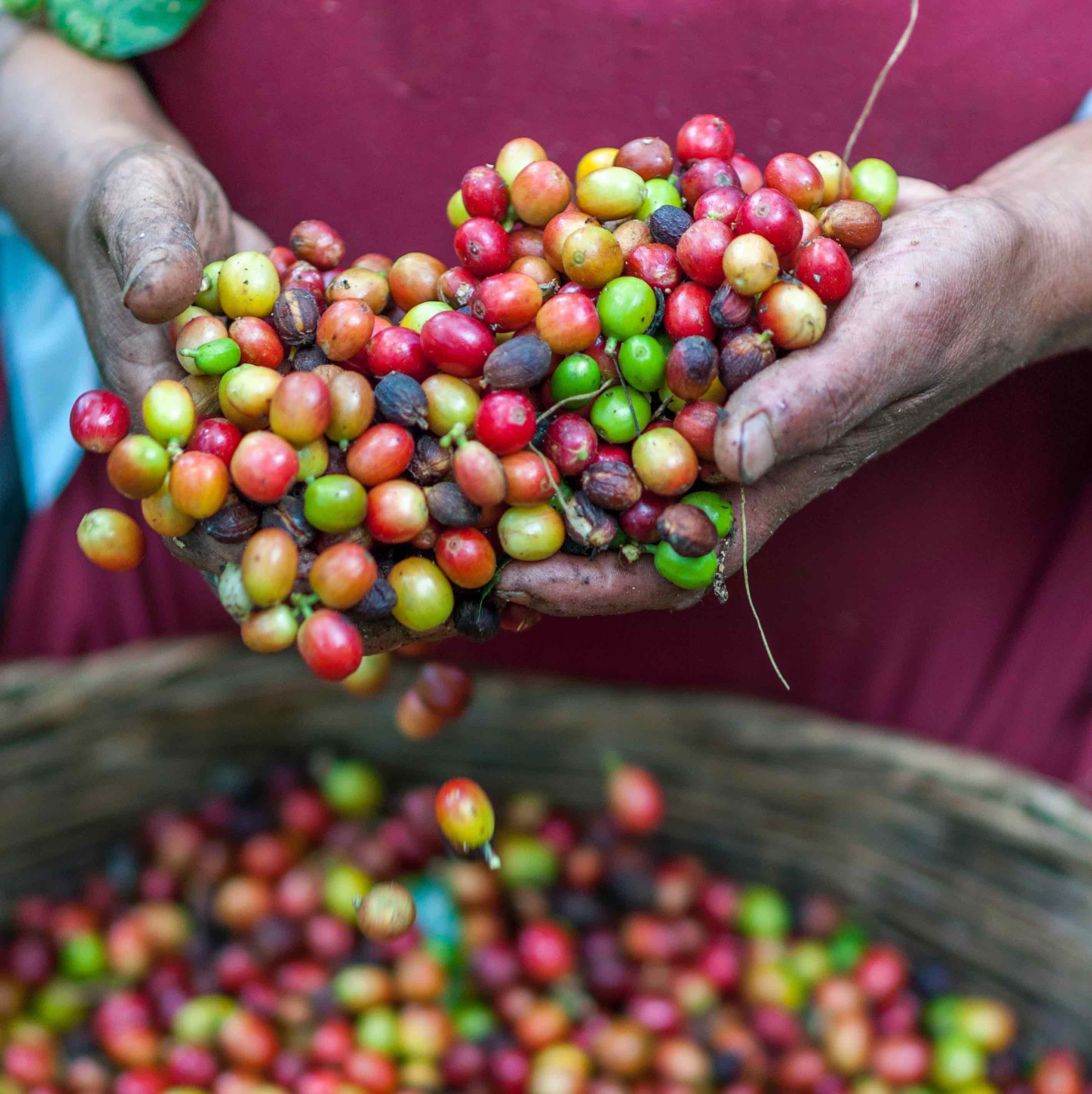Coffee has outpaced all other commodities this year, even beating out soaring food and fuel costs. Coffee prices hit a 10 year peak on Wednesday December 8th. The coffee market is in disarray as drought, supply chain issues, and increased demand all conspire to create uncertainty and push prices higher.
Wednesday’s high put the price of high-quality Arabica beans at over $2.40 per pound, a 100% increase from the start of this year. Robusta beans were just short of a 10 year high, at their highest point since 2011. The price for coffee futures isn’t necessarily reflected precisely in the price you pay, but indicates the direction of prices to come.
This has been a stark turnaround from the surplus at the beginning of the year of over five million bags.
The largest factors have likely been shipping constraints and container shortages, analysts said—and so, unable to know with certainty when and how coffee would be transported, buyers likely overbought, fueling a cycle of panic buying.
“While production was relatively unaffected by COVID and there is still uncertainty about any potential demand growth in 2021, we believe sales of green coffee have been faring better than expected because coffee was directly impacted by the scarcity of container availability in 2021, leading companies to over-purchase in order to guarantee production and sales,” the analysts wrote.
Rabobank predicted that the “panic buying” would stop after Christmas, but the wild card is the weather in Brazil, which is the largest producer of the Arabica bean. Brazil was hit by both dry weather and frost this past season. *
Conditions affecting coffee’s price rise are expected to last into 2023. World supply of coffee has been concentrated over time to two countries, Brazil and Vietnam. When there are significant disruptions from one of those places, the whole market tends to swing wildly. Uncertainty has been compounded by the fact that it seems Ethiopia is near civll war and covid restrictions around the world are generally increasing rather than decreasing.
As we previously reported in September, unusually dry conditions last year and this year have reduced yields after a record harvest in 2020. On top of drought conditions, Brazil experienced its worst frost since 1994. The coffee harvest is expected to experience its biggest yearly drop in output since 2003 according the the U.S.D.A.
Prices down the chain to the consumer are also affected greatly by overall inflation. The price paid for packaging, energy, labor and shipping have all gone up.
Coffee is normally shipped in shipping containers, but with increased demand for a variety of consumer items that are also transported in shipping containers, this has created the kind of squeeze that hasn’t been seen before. Now ships can wait for weeks outside of major ports before they can be unloaded. Getting empty containers out of ports has been a priority so that ships can be unloaded. The problem is that empty containers can’t be brought back to the port for reuse.
All of these factors will take many months to get sorted out and addressed. If Brazil experiences another bad year of weather, that alone may keep coffee prices headed upward.
* https://fortune.com/2021/12/08/coffee-prices-10-year-high-inflation/


Recent Comments